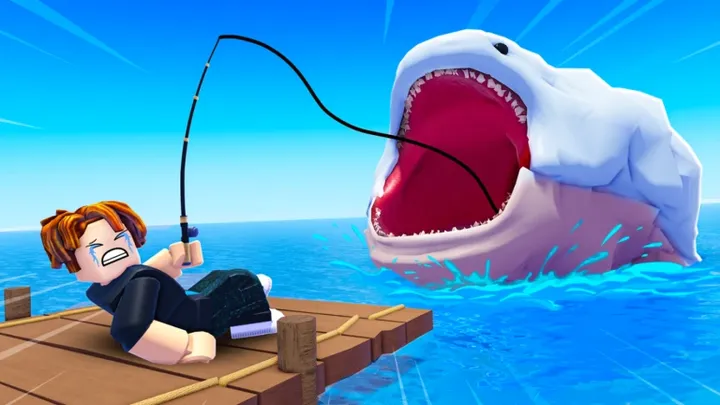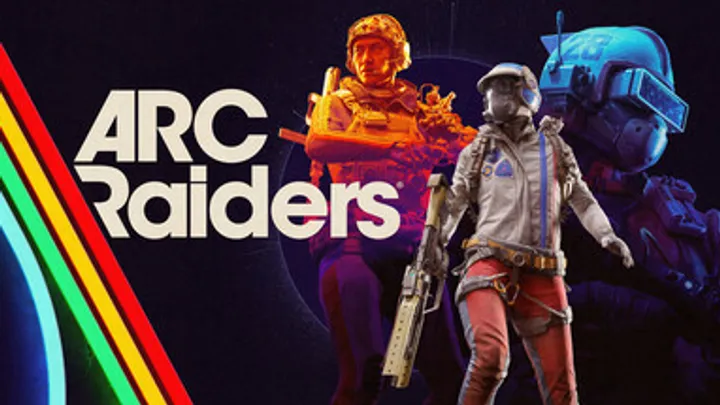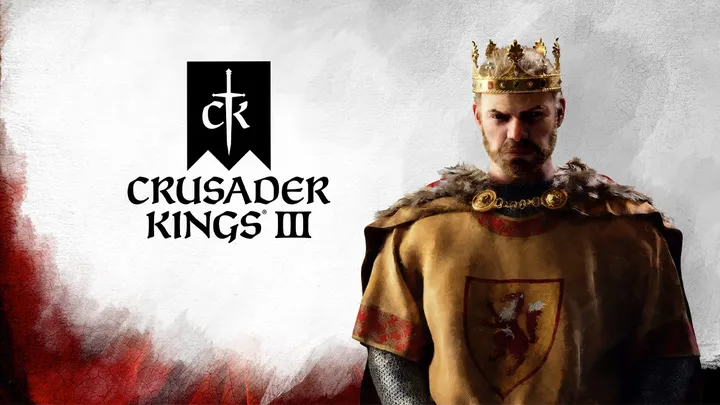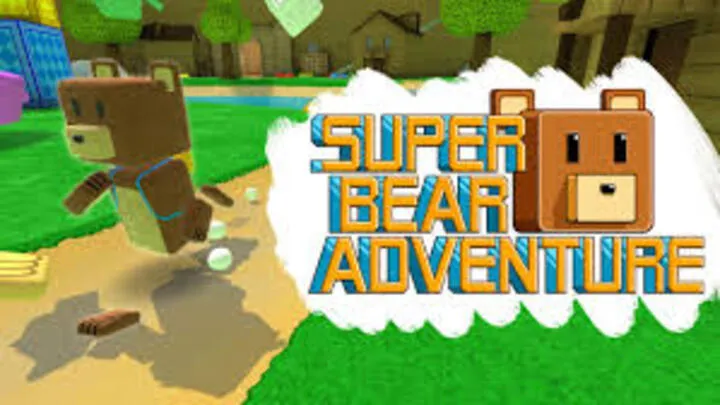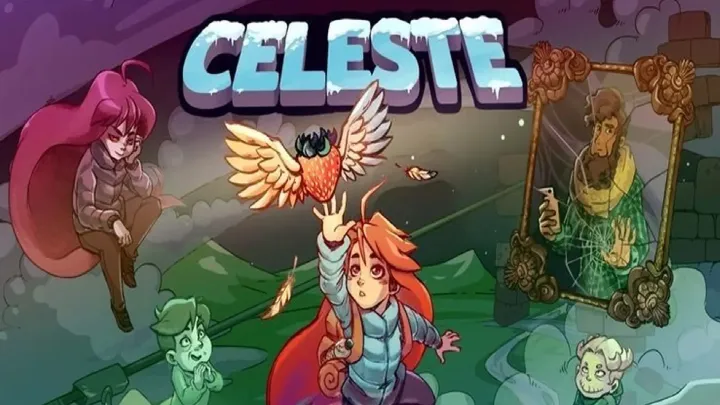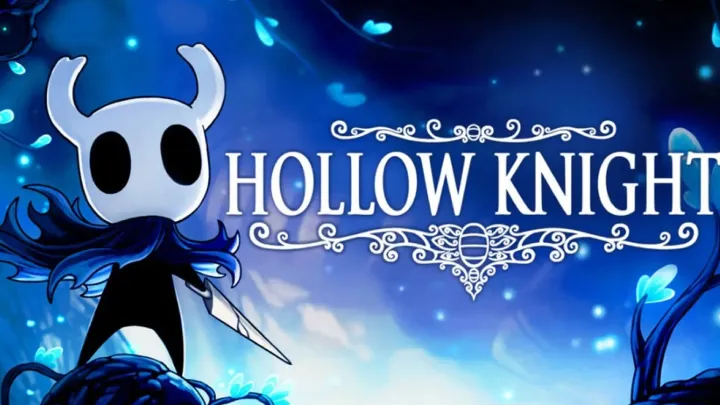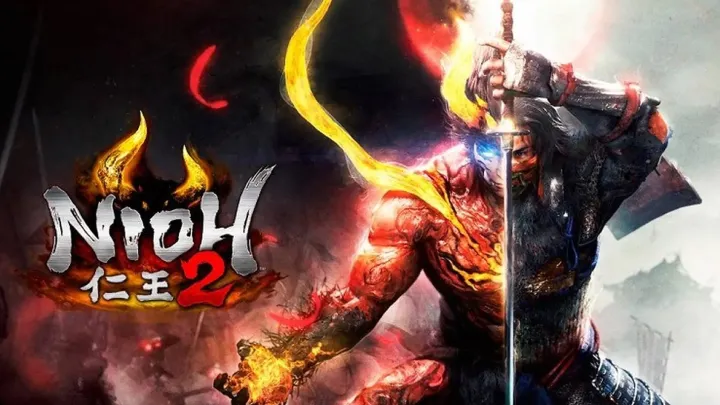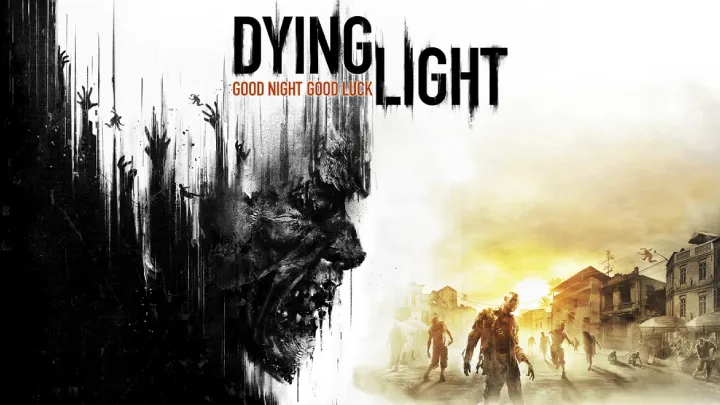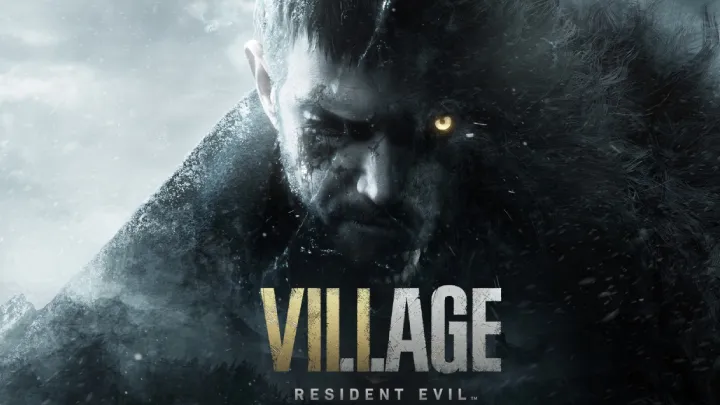Introduction
In a gaming world dominated by realism and yearly franchise updates, Rematch bursts onto the scene as a fresh and fast-paced alternative. Developed by Sloclap, the studio behind Sifu and Absolver, Rematch transforms the energy of team-based sports into a thrilling, physics-driven brawl of strategy, reflex, and style. Instead of chasing realism, Rematchcelebrates motion, mastery, and mayhem — echoing the golden era of arcade sports while injecting a modern competitive edge.
The result is more than just another football-inspired title. It’s a commentary on how video games can reinvent physical sports for digital culture — prioritizing creativity, cooperation, and individual flair over statistics and simulation.

1. The Philosophy Behind the Game
Sloclap’s DNA is rooted in martial arts philosophy and combat design. With Rematch, they apply the same thinking to a different arena — turning the concept of teamwork into a martial art of its own. Every player movement, pass, and tackle is choreographed through intuitive controls and dynamic timing.
Instead of focusing on scoring goals, Rematch invites players to outplay opponents — to predict, counter, and improvise. This approach blurs the line between fighting games and sports simulations, redefining what “competitive play” can look like.
2. The Legacy of Arcade Sports
Before hyper-realistic sports games like FIFA and NBA 2K, there were titles like NBA Jam, Super Mario Strikers, and Rocket League — games that embraced fun over fidelity. Rematch inherits this legacy, offering exaggerated animations and physics that highlight momentum and expression.
The result? A gameplay loop that’s endlessly watchable and impossible to master — just like a great arcade classic.
3. The Player as Performer
In Rematch, every movement feels deliberate. The game rewards rhythm, timing, and anticipation — qualities more akin to a dancer than a footballer. Players aren’t just athletes; they’re performers in a digital theater of motion.
The character animations emphasize kinetic expression — sliding tackles become acrobatic flips, passes resemble martial art techniques, and team synergy looks like choreography. Watching skilled players coordinate a goal feels like witnessing a perfectly executed stunt.

4. Breaking the Mold of Traditional Sports Games
Most sports games follow rigid rulesets, relying on realism and statistics to create immersion. Rematch does the opposite: it abstracts the sport into pure mechanics. There are no referees, no complex menus, and no scripted AI assists. Instead, victory comes from mechanical skill and awareness.
This freedom allows every match to evolve differently. Some games resemble chaotic street fights; others feel like intense duels between strategic minds.
5. Multiplayer as a Social Arena
Where Rematch truly shines is in multiplayer. Whether local or online, every session becomes a microcosm of teamwork and rivalry. Communication and chemistry are as crucial as reaction speed.
Unlike many online games that promote toxicity or individual ego, Rematch fosters collaboration through shared motion — players instinctively sync up, adapting to each other’s tempo. It’s a rare example of a game where the “flow state” can be shared by an entire team.
6. A Visual Language of Speed and Energy
Sloclap’s signature art direction makes Rematch visually distinct. The stylized environments, dynamic camera, and fluid character models amplify speed and emotion. Instead of photorealism, the visuals resemble an animated painting — saturated colors that pulse with kinetic life.
The art direction itself becomes gameplay — clear silhouettes and expressive motion help players read the field, anticipate movement, and plan reactions in split seconds.
7. Learning Curve and Mastery
At first glance, Rematch seems chaotic. But beneath the mayhem lies depth. The control system rewards players who master timing, spacing, and combos — echoing the design principles of Sifu.
Each match feels like sparring — you lose, adapt, and evolve. The skill ceiling is enormous, making it perfect for competitive players seeking mastery over memorization.
8. Sound and Sensation
The audio design of Rematch reinforces its rhythm-based gameplay. Impact sounds sync perfectly with collisions; the music accelerates as matches grow intense. There’s no traditional commentary — just the raw sound of energy, crowd noise, and the clash of movement.
This minimalism immerses players fully, letting their actions create the soundtrack rather than following one.
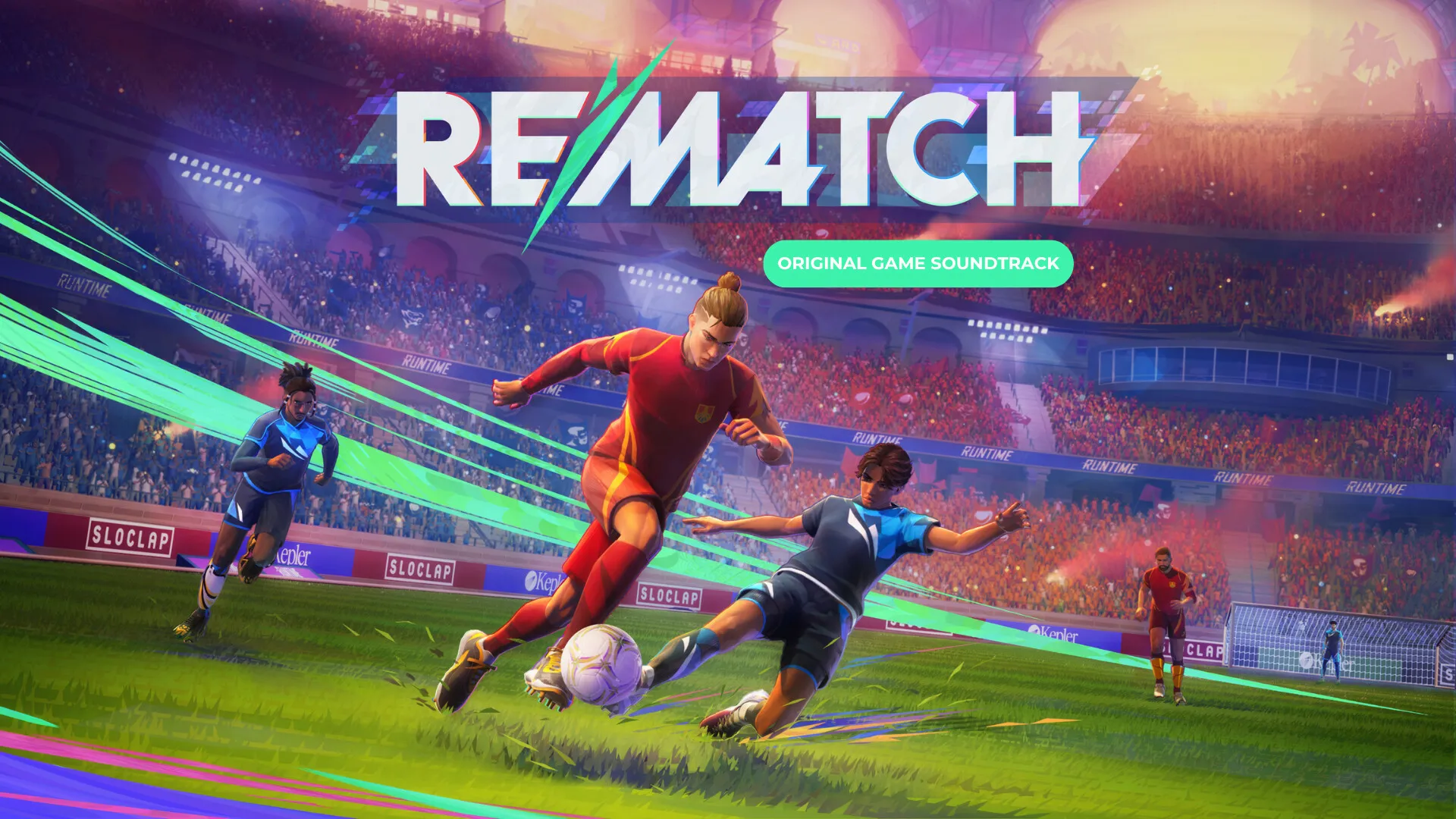
9. Cultural Meaning: Competition as Connection
In many ways, Rematch reflects today’s digital culture — where competition is both entertainment and expression. Players don’t just play to win; they play to perform, to connect, and to create moments worth sharing.
The game taps into the same social pulse that made Rocket League and Street Fighter global esports phenomena: the joy of mastering a skill together, in real time.
10. The Future of Sports Gaming
If Rematch succeeds, it could mark a new direction for sports games — one where creativity outweighs realism, and style becomes the ultimate skill. Instead of competing with EA’s massive franchises, it carves its own niche — a world where art, motion, and competition collide.
Sloclap’s risk-taking spirit proves that innovation in sports gaming doesn’t require billion-dollar budgets — only bold ideas and great mechanics.
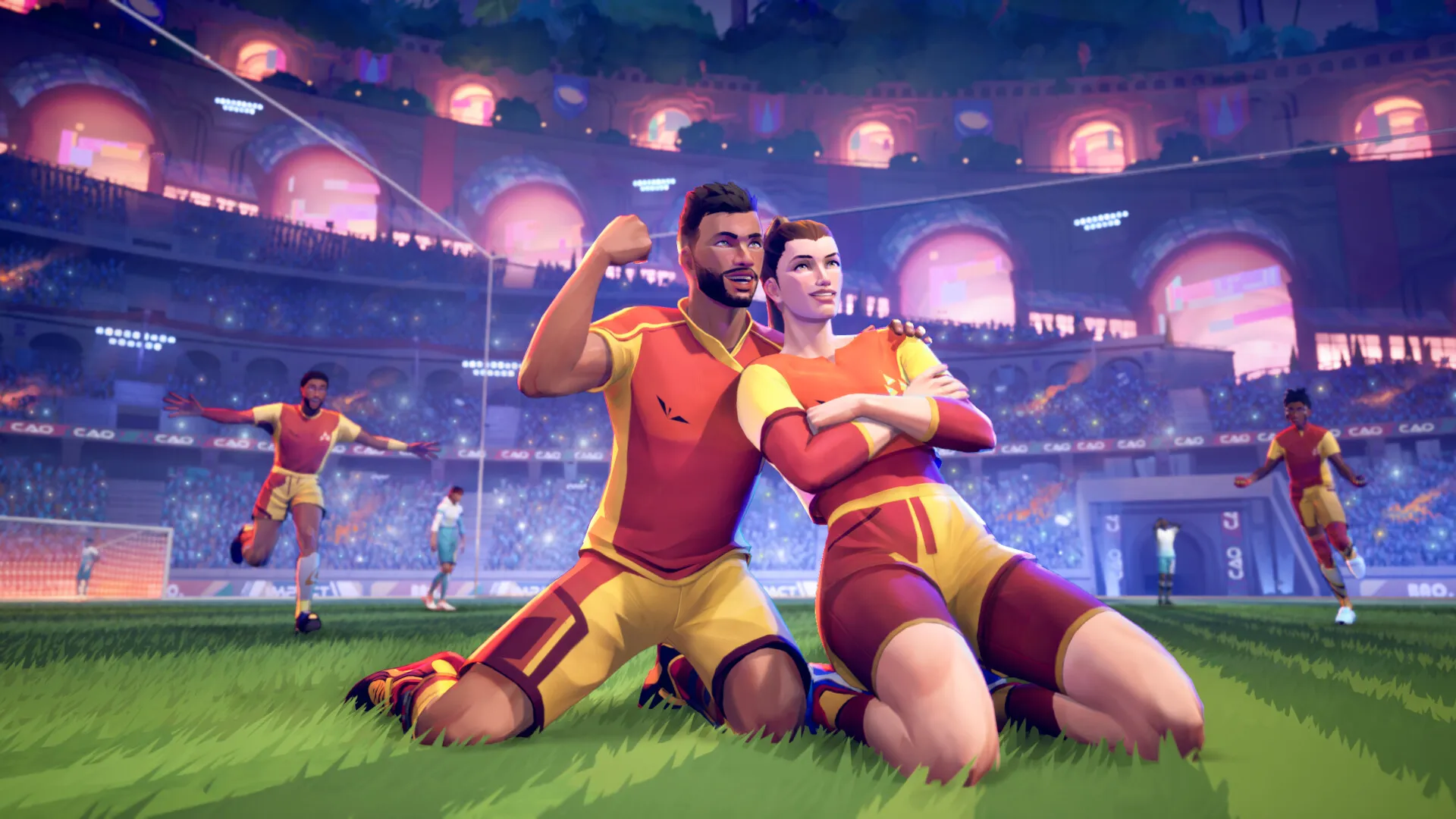
Conclusion
Rematch is more than a sports game — it’s a philosophical experiment in motion, rhythm, and cooperation. It rejects realism for expression, and competition for connection. In doing so, it reminds us why we play in the first place: not to imitate reality, but to transcend it.



